What are varicose veins?
Varicose veins are the large, twisting, bulging veins that typically occur in the legs and can become prominent. They can cause a variety of symptoms in the legs including aching, tiredness, heaviness, itching, pain, and night cramps.
What causes varicose veins?
Normally, our veins function to return blood from our feet back to our heart. Because the blood flow is against gravity, there are small valves throughout our veins that prevent backwards flow of blood. Over time, veins can become dilated, or stretched out. When this occurs, these valves no longer work properly, and allow blood to flow backwards the wrong way. This is called reflux.
Reflux is the main culprite in varicose veins because when blood flows the wrong way, there is an increase of pressure within the venous system. This increased pressure causes the large, ropey, painful varicose veins. Depending on the amount of reflux, the size and symptoms of varicose veins is variable from person to person.
How are varicose veins diagnosed?
Varicose veins are very visible, and therefore most commonly diagnosed by physical exam. In order to determine the underlying cause of varicose veins, we order a special ultrasound study for most patients to look for reflux. This study is called duplex ultrasound, and it is a non-invasive way to look at the blood flow of the venous system. The results of this ultrasound will dictate the treatment plan moving forward.
What is the non-invasive treatment for varicose veins?
There are a few conservative treatments that can improve symptoms. The most effective is compression stockings. These stockings will apply a specific amount of pressure to your legs, improving the blood flow in your veins from your feet back to your heart. Many patients find very good symptomatic relief when they wear compression stockings. The other conservative treatments include elevating your feet at the end of the day and walking .
Where can I purchase compression stockings?
Compression stockings can only be purchased at certain medical sales pharmacies. They will be able to measure your legs and give you the proper size. Click here to see a list of the pharmacies around the Boston area that carry compression stockings.
I've tried compression stockings, what are my other options?
If you have tried conservative measures and continue to have symptoms, it may be time to think about other options. Click here to learn about the minimally invasive treatment options we provide.
What are spider veins?
Spider veins, also known as telangiectasias, are small superficial veins that are red or purple in color and are most commonly found on the skin of the legs.
What is the treatment for spider veins?
As with varicose veins, conservative measures are the first line treatment. Again, these include compression stockings, leg elevation, and exercise. The other mainstay of treatment for spider veins is sclerotherapy injections. Click here to learn more about this minimally invasive treatment for spider veins.
